March 16, 1927
Los Angeles
 If the drys are gonna catch the wets, they’re gonna have to wet themselves. So to speak.
If the drys are gonna catch the wets, they’re gonna have to wet themselves. So to speak.
At the trial of John H. Wyncoop, former chief field agent for the boys of the California/Arizona Federal Prohibition Enforcement Department, Wyncoop said “I knew that if I had liquor in my possession I could more easily get bootleggers to believe that I was handling booze and therefore make it easier to arrest bootleggers.â€
Uh-huh.
Wyncoop is on trial because he turned twenty-nine bottles of liquor to his own use, instead of turning it into the government warehouse. Can’t those government know-nothings see that you need that hooch to go under deep cover? That he only took home that demon rum in the solemn performance of his duty?
(Convicted by a jury of illegal conversion, he was given a short term in the county jail.)
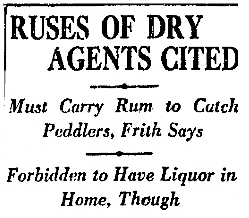



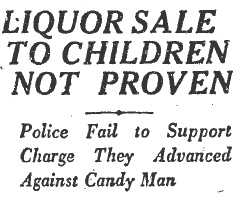
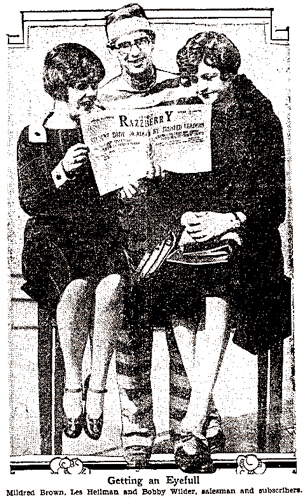
 February 10, 1927
February 10, 1927
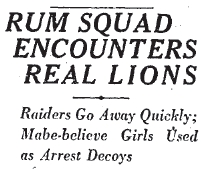 Over the weekend, the District Attorney’s crackerjack Prohibition task force proved beyond the shadow of a doubt their devotion to the cause.
Over the weekend, the District Attorney’s crackerjack Prohibition task force proved beyond the shadow of a doubt their devotion to the cause.
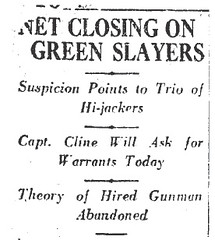

 W.H. Latour, a 71-year-old night watchman at the Lamanda Park Citrus Packing Plant in Pasadena, was propped up with a bottle of white lightning when he caught Tom Clark working on his car on the plant grounds. When Latour told him to leave, Clark nodded, and prepared to set off on his way.
W.H. Latour, a 71-year-old night watchman at the Lamanda Park Citrus Packing Plant in Pasadena, was propped up with a bottle of white lightning when he caught Tom Clark working on his car on the plant grounds. When Latour told him to leave, Clark nodded, and prepared to set off on his way.
 Earlier this month, police were called to
Earlier this month, police were called to 
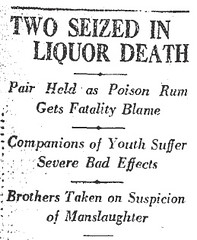




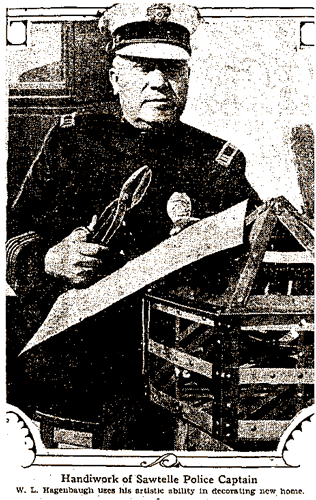 December 16, 1927
December 16, 1927